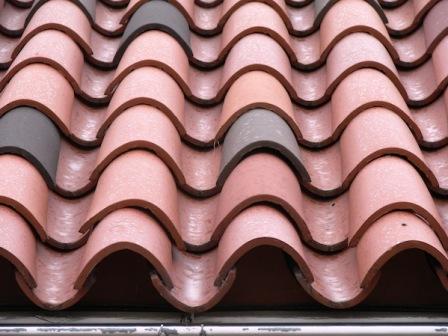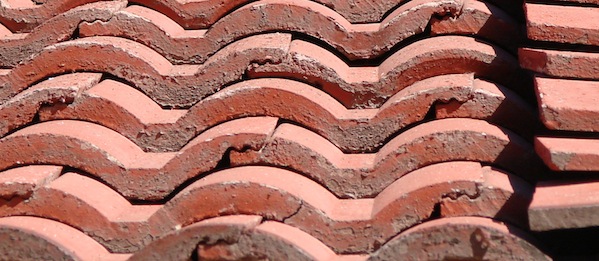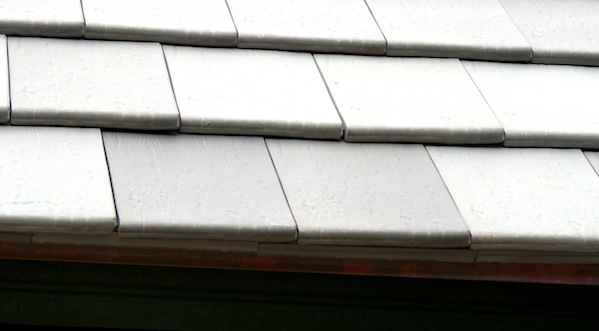Mastering Roof Inspections: Tile Roofs, Part 1
by Kenton Shepard and Nick Gromicko, CMI®
The purpose of the series “Mastering Roof Inspections” is to teach home inspectors, as well as insurance and roofing professionals, how to recognize proper and improper conditions while inspecting steep-slope, residential roofs. This series covers roof framing, roofing materials, the attic, and the conditions that affect the roofing materials and components, including wind and hail.
The most common materials for roofing tiles are clay and concrete. In the past, tiles were also made from fiber cement, but those are seldom manufactured now due to legislation that was enacted to limit the use of asbestos in products used in North America. Tiles are also available that are made from metal and recycled plastic.
Tiles come in a variety of profiles and styles. Generally, profiles are categorized as low, medium and high.

Low-profile tiles are flat or close to flat.

Medium-profile tiles may be shallow clay-pan tiles or S-shaped tiles.

High-profile tiles are typically barrel tiles.
Tiles are installed in the same manner as shingles, with each course overlapping the course below.
Side Profiles
Tiles in the same course may overlap, such as barrel tiles, or they may interlock, such as S-tiles, or they may butt, such as flat clay tiles.

Interlocking Tiles
Interlocking tiles are manufactured with edge profiles that fit together to keep tiles aligned and to help seal against moisture intrusion. Interlocking tiles are typically low- or medium-profile.

Overlapping Tiles
Overlapping tiles may be pan tiles with a two-piece pan and cover, or may be flat tiles. Pan tiles are half-cylinders, as you see here. Pan tiles may also be tapered. Pan tiles are installed in courses oriented vertically, up and down the roof, with upper tiles overlapping lower tiles. Courses alternate the edges up and down.

Butting Tiles
Flat tiles in the same course sometimes butt each other, as in the photo above.
Birdstop
Medium- and high-profile tiles should have a stop installed along the eave beneath the starter course that will help keep birds and insects from entering the space under the tile. Birdstops also help to prevent the wind from entering the space and loosening tiles through inflation.

No birdstop was installed at this roof. A missing birdstop should be mentioned in your inspection report. You should recommend that it be installed, and explain why.

Birdstop trim may be provided by the manufacturer to fit the tile profile, as in the photo above, or it may be created with mortar, as in the photo below.

Metal tiles, shown in the photo below, can be mistaken for concrete or clay tile from a distance, although it’s unlikely that you’ll see concrete or clay tiles bend.

Damage from Footfall
Damage from footfall is most likely to be found on parts of the roof offering the easiest path of travel, such as the valleys. Damage may also be found around roof components that were installed after the tiles were installed, such as satellite dishes, and around components that require ongoing maintenance, such as chimneys. Also, look for damage at locations where it is especially easy to place a ladder for roof access.
Fire Rating
Concrete and clay tiles are Class A fire-rated.
Hail Resistance
Concrete and clay tiles are resistant to damage from hail, typically achieving Class 3 and 4 hail-resistance ratings, with Class 4 being the most resistant to hail damage. Clay tile varies more widely than concrete tile.
Wind Resistance
**************************************************
Learn how to master a roof inspection from beginning to end by reading the entire InterNACHI series: Mastering Roof Inspections.
Take InterNACHI’s free, online Roofing Inspection Course
Mastering Roof Inspections
Roofing Underlayment Types
Inspecting Underlayment on Roofs
Fall-Arrest Systems
Roofing (consumer-targeted)
More inspection articles like this

